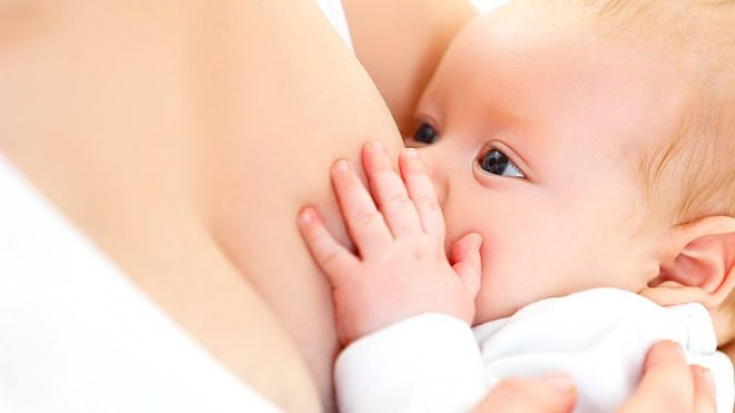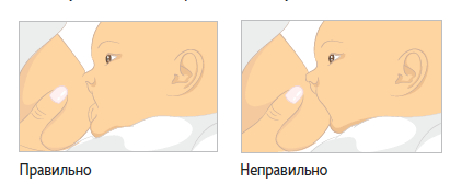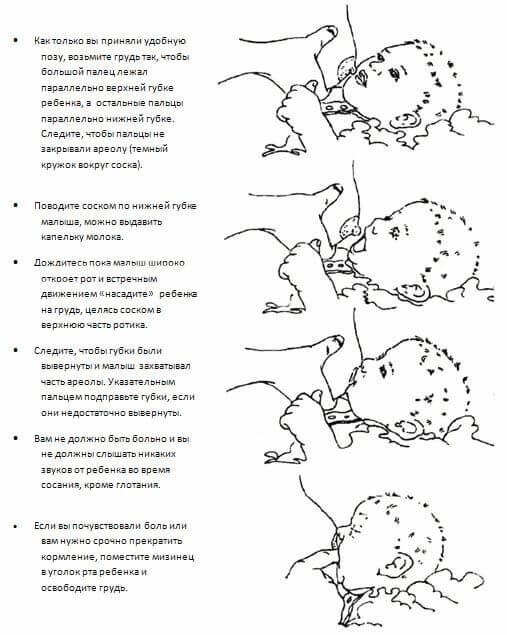After becoming a mother, many women choose to breastfeed. The process brings a lot of benefits to both the baby and the mother. In the first case, the child receives natural food, and in the second – a woman's risk of developing serious diseases is reduced. If you have chosen breastfeeding the nipples will be the most affected by the process.
estet-portal.com figured out how feeding affects the condition of the nipples and how to deal with possible problems. The first thing that scares new moms is – these are painful sensations at the beginning of feeding, but such a phenomenon is the norm and, with the right approach, they will soon disappear. We will tell you how to act a woman, and what care is needed for nipples.
- Breastfeeding – nipples suffer: why does it happen
- Breastfeeding and nipples: prevention of negative effects
- Nipple care policy
- Nipple Care: Which Products will Benefit
Breastfeeding – nipples suffer: why does it happen
Feeding can sometimes take up to 60 minutes, so it's no surprise that sensitive nipples give you a signal for help.
More useful information on our channel in Telegram!

The most common – this is an inflammation of the nipples, which occurs due to pressure on the breast, the baby's saliva and the sucking process. The reaction is similar to the sensitivity of the lips when they dry out in the sun, crack, etc. It is the same with nipples, so sufficient hydration will help to avoid the inflammatory process.
How teething in children: what parents need to know
Nipple inflammation can last 1-2 weeks, depending on how quickly the breast and baby get used to feeding. If the problem persists within this period or bleeding occurs, visit your doctor.
Breastfeeding and nipples: prevention of negative phenomena
In order not to face discomfort or pain during feeding, it is worth considering a few nuances. One of them is the child's breast capture, because both mother and baby suffer if the breastfeeding is incorrect. The correct position of the breast in the baby's mouth implies not only the capture of the nipple, but also parts of the areola. In this case, feeding will take place correctly, and you will not feel discomfort.
Read also: Vegetarianism during pregnancy: how to avoid deficiency conditions

Second Moment – it is a frenulum located under the tongue. If it is too short (occurs in 5-10% of cases), then the child cannot completely take the breast, from which the nipples may become inflamed.
Nipple care policy
Problems can be prevented by following these nipple care recommendations:
• when washing breasts and nipples, do not use cosmetics, ordinary water is sufficient, Montgomery's glands secrete natural fat to protect the nipples;
• dry your breasts with a soft towel to prevent rough skin and do not let it air dry;

• breast milk has healing properties, rub it on cracked nipples;
• replace bra pads in a timely manner to prevent the development of fungi and bacteria; do not reduce the number of feedings so that the nipples rest, the baby should eat on demand;
• do not wash your breast before feeding, it has been proven that bacteria found on the surface contribute to the development of baby microflora.
Nipple care: which products will benefit
The following products can help nipples cope with a number of problems during the feeding period:
• hydrogel pads that are applied to the nipples to relieve pain and speed up healing;
• special nursing bras, made of natural material that allows the skin to breathe;• breast pads that are placed in a bra to prevent friction and irritation of the nipples;
• breastfeeding silicone pads that promote proper breastfeeding and protect the skin.
<
From
breastfeeding
nipples suffer, but more often in the first days of feeding. The process is more beneficial, and with the right approach, you minimize the development of nipple problems. not a fairy tale, but a reality
 Watch us on YouTube:
Watch us on YouTube:






Add a comment